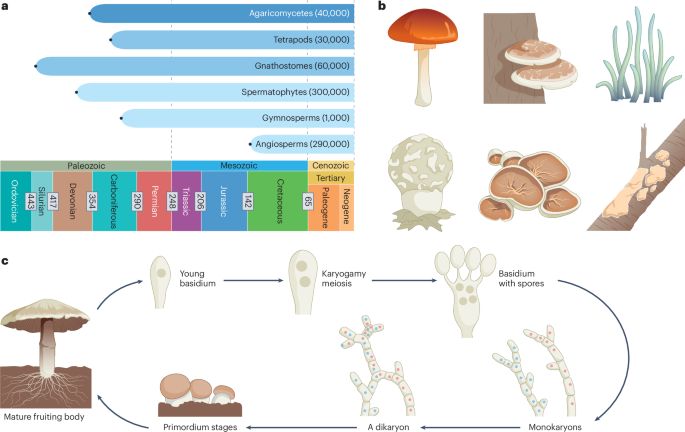

Closing date 4th Jan 2026
Apply here 👉 springernature.wd3.myworkdayjobs.com/es/SpringerN...

Closing date 4th Jan 2026
Apply here 👉 springernature.wd3.myworkdayjobs.com/es/SpringerN...
Link: https://bit.ly/48PafQe

Link: https://bit.ly/48PafQe
Link: https://bit.ly/3KLh8tG

Link: https://bit.ly/3KLh8tG
Link: https://bit.ly/4pwmqZ9
Readcube: https://bit.ly/4ptMh3Z

Link: https://bit.ly/4pwmqZ9
Readcube: https://bit.ly/4ptMh3Z
Link: https://bit.ly/4aaYPZq
Readcube: https://bit.ly/4a6DMqQ

Link: https://bit.ly/4aaYPZq
Readcube: https://bit.ly/4a6DMqQ
Link: https://bit.ly/4q48vJY
Readcube: https://bit.ly/4pQlH5z

Link: https://bit.ly/4q48vJY
Readcube: https://bit.ly/4pQlH5z
Link: https://bit.ly/48LzJxN
Readcube: https://bit.ly/4iUVpfF

Link: https://bit.ly/48LzJxN
Readcube: https://bit.ly/4iUVpfF
Link: https://bit.ly/494rL46
Readcube: https://bit.ly/49638Eb
Link: https://bit.ly/494rL46
Readcube: https://bit.ly/49638Eb
Link: https://bit.ly/3KW7Fjk
Readcube: https://bit.ly/4oUoJEp
Link: https://bit.ly/3KW7Fjk
Readcube: https://bit.ly/4oUoJEp
Link: https://bit.ly/4aKWWmn
Readcube: https://bit.ly/48Palra

Link: https://bit.ly/4aKWWmn
Readcube: https://bit.ly/48Palra










